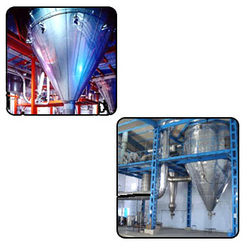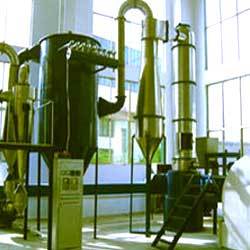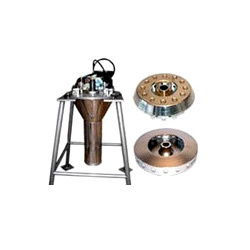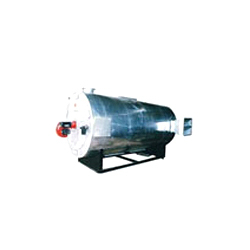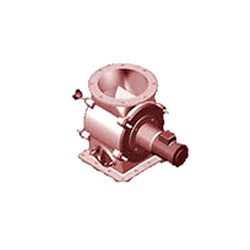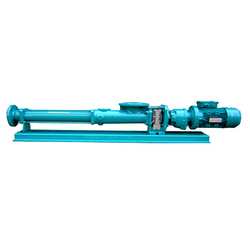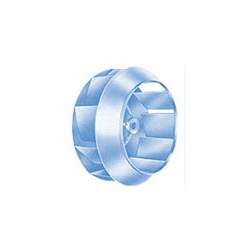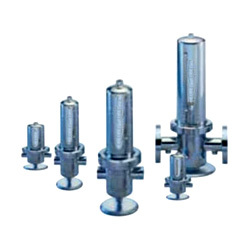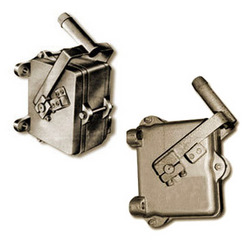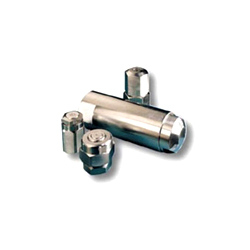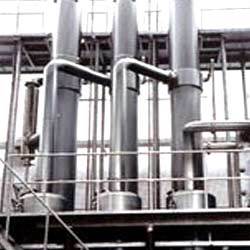Flash Dryer
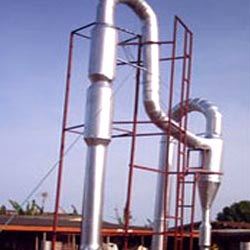
Flash Dryer
With just single operation, the dryer provides homogeneous mixing, heat transfer, and mass transfer to dry a solid. The residence time in the dryer is usually less than three seconds, producing almost immediate surface drying. It is due to the rapid drying process, these are suitable for diffusion-controlled drying processes.
Feeds used are:
- Moist, powdery, granular, or crystallized
- Wet solids discharged from centrifuges, rotary filters, and filter presses
- mall in particle size
- Reasonably dry, friable, and not sticky
Advantages :
- Relatively simple in operation
- Take little space
- Generally require lower capital investment than other types of dryers
- Excellent choice for processing heat-sensitive or easily oxidized feed materials
- Product inventory in the flash-drying system is very low
- Easy to change product or product grade with minimum downtime
- Control of the flash-drying process is very simple
- Control system responds very quickly to operational changes
Design Considerations :
- The flash drying systems are designed based on feed and product characteristics, which include permissible heating source, and operational safety requirements
- Can be designed in a closed-cycle arrangement, making it suitable for evaporation of organic solvents rather than water
- The drying gas is inert (typically nitrogen), and the solvent evaporated in the flash dryer is subsequently condensed
